Seawater
Brackish Water
Surface Water (River and Streams)
Wastewater
Others
Membrane Technology
Reverse Osmosis (RO)
Electrodialysis
Electrodialysis Reversal
Membrane Distillation
Nanofiltration
Other Membrane Technology
Thermal Technology
Multi-stage Flash Distillation
Multi-effect Distillation
Vapor Compressor Distillation
Municipal
Industrial
Others
North America Water Desalination by SourceSeawater
Brackish Water
Surface Water (River and Streams)
Wastewater
Others
North America Water Desalination by TechnologyMembrane Technology
Reverse Osmosis (RO)
Electrodialysis
Electrodialysis Reversal
Membrane Distillation
Nanofiltration
Other Membrane Technology
Thermal Technology
Multi-stage Flash Distillation
Multi-effect Distillation
Vapor Compressor Distillation
North America Water Desalination by ApplicationMunicipal
Industrial
Others
US Water Desalination by SourceSeawater
Brackish Water
Surface Water (River and Streams)
Wastewater
Others
US Water Desalination by TechnologyMembrane Technology
Reverse Osmosis (RO)
Electrodialysis
Electrodialysis Reversal
Membrane Distillation
Nanofiltration
Other Membrane Technology
Thermal Technology
Multi-stage Flash Distillation
Multi-effect Distillation
Vapor Compressor Distillation
US Water Desalination by ApplicationMunicipal
Industrial
Others
Canada Water Desalination by SourceSeawater
Brackish Water
Surface Water (River and Streams)
Wastewater
Others
Canada Water Desalination by TechnologyMembrane Technology
Reverse Osmosis (RO)
Electrodialysis
Electrodialysis Reversal
Membrane Distillation
Nanofiltration
Other Membrane Technology
Thermal Technology
Multi-stage Flash Distillation
Multi-effect Distillation
Vapor Compressor Distillation
Canada Water Desalination by ApplicationMunicipal
Industrial
Others
Mexico Water Desalination by SourceSeawater
Brackish Water
Surface Water (River and Streams)
Wastewater
Others
Mexico Water Desalination by TechnologyMembrane Technology
Reverse Osmosis (RO)
Electrodialysis
Electrodialysis Reversal
Membrane Distillation
Nanofiltration
Other Membrane Technology
Thermal Technology
Multi-stage Flash Distillation
Multi-effect Distillation
Vapor Compressor Distillation
Mexico Water Desalination by ApplicationMunicipal
Industrial
Others
Europe Water Desalination by SourceSeawater
Brackish Water
Surface Water (River and Streams)
Wastewater
Others
Europe Water Desalination by TechnologyMembrane Technology
Reverse Osmosis (RO)
Electrodialysis
Electrodialysis Reversal
Membrane Distillation
Nanofiltration
Other Membrane Technology
Thermal Technology
Multi-stage Flash Distillation
Multi-effect Distillation
Vapor Compressor Distillation
Europe Water Desalination by ApplicationMunicipal
Industrial
Others
Germany Outlook (USD Million, 2019-2030)
Germany Water Desalination by SourceSeawater
Brackish Water
Surface Water (River and Streams)
Wastewater
Others
Germany Water Desalination by TechnologyMembrane Technology
Reverse Osmosis (RO)
Electrodialysis
Electrodialysis Reversal
Membrane Distillation
Nanofiltration
Other Membrane Technology
Thermal Technology
Multi-stage Flash Distillation
Multi-effect Distillation
Vapor Compressor Distillation
Germany Water Desalination by ApplicationMunicipal
Industrial
Others
France Water Desalination by SourceSeawater
Brackish Water
Surface Water (River and Streams)
Wastewater
Others
France Water Desalination by TechnologyMembrane Technology
Reverse Osmosis (RO)
Electrodialysis
Electrodialysis Reversal
Membrane Distillation
Nanofiltration
Other Membrane Technology
Thermal Technology
Multi-stage Flash Distillation
Multi-effect Distillation
Vapor Compressor Distillation
France Water Desalination by ApplicationMunicipal
Industrial
Others
UK Water Desalination by SourceSeawater
Brackish Water
Surface Water (River and Streams)
Wastewater
Others
UK Water Desalination by TechnologyMembrane Technology
Reverse Osmosis (RO)
Electrodialysis
Electrodialysis Reversal
Membrane Distillation
Nanofiltration
Other Membrane Technology
Thermal Technology
Multi-stage Flash Distillation
Multi-effect Distillation
Vapor Compressor Distillation
UK Water Desalination by ApplicationMunicipal
Industrial
Others
Italy Water Desalination by SourceSeawater
Brackish Water
Surface Water (River and Streams)
Wastewater
Others
Italy Water Desalination by TechnologyMembrane Technology
Reverse Osmosis (RO)
Electrodialysis
Electrodialysis Reversal
Membrane Distillation
Nanofiltration
Other Membrane Technology
Thermal Technology
Multi-stage Flash Distillation
Multi-effect Distillation
Vapor Compressor Distillation
Italy Water Desalination by ApplicationMunicipal
Industrial
Others
Spain Water Desalination by SourceSeawater
Brackish Water
Surface Water (River and Streams)
Wastewater
Others
Spain Water Desalination by TechnologyMembrane Technology
Reverse Osmosis (RO)
Electrodialysis
Electrodialysis Reversal
Membrane Distillation
Nanofiltration
Other Membrane Technology
Thermal Technology
Multi-stage Flash Distillation
Multi-effect Distillation
Vapor Compressor Distillation
Spain Water Desalination by ApplicationMunicipal
Industrial
Others
Rest of Europe Water Desalination by SourceSeawater
Brackish Water
Surface Water (River and Streams)
Wastewater
Others
Rest of Europe Water Desalination by TechnologyMembrane Technology
Reverse Osmosis (RO)
Electrodialysis
Electrodialysis Reversal
Membrane Distillation
Nanofiltration
Other Membrane Technology
Thermal Technology
Multi-stage Flash Distillation
Multi-effect Distillation
Vapor Compressor Distillation
Rest of Europe Water Desalination by ApplicationMunicipal
Industrial
Others
Asia-Pacific Water Desalination by SourceSeawater
Brackish Water
Surface Water (River and Streams)
Wastewater
Others
Asia-Pacific Water Desalination by TechnologyMembrane Technology
Reverse Osmosis (RO)
Electrodialysis
Electrodialysis Reversal
Membrane Distillation
Nanofiltration
Other Membrane Technology
Thermal Technology
Multi-stage Flash Distillation
Multi-effect Distillation
Vapor Compressor Distillation
Asia-Pacific Water Desalination by ApplicationMunicipal
Industrial
Others
China Water Desalination by SourceSeawater
Brackish Water
Surface Water (River and Streams)
Wastewater
Others
China Water Desalination by TechnologyMembrane Technology
Reverse Osmosis (RO)
Electrodialysis
Electrodialysis Reversal
Membrane Distillation
Nanofiltration
Other Membrane Technology
Thermal Technology
Multi-stage Flash Distillation
Multi-effect Distillation
Vapor Compressor Distillation
China Water Desalination by ApplicationMunicipal
Industrial
Others
Japan Water Desalination by SourceSeawater
Brackish Water
Surface Water (River and Streams)
Wastewater
Others
Japan Water Desalination by TechnologyMembrane Technology
Reverse Osmosis (RO)
Electrodialysis
Electrodialysis Reversal
Membrane Distillation
Nanofiltration
Other Membrane Technology
Thermal Technology
Multi-stage Flash Distillation
Multi-effect Distillation
Vapor Compressor Distillation
Japan Water Desalination by ApplicationMunicipal
Industrial
Others
India Water Desalination by SourceSeawater
Brackish Water
Surface Water (River and Streams)
Wastewater
Others
India Water Desalination by TechnologyMembrane Technology
Reverse Osmosis (RO)
Electrodialysis
Electrodialysis Reversal
Membrane Distillation
Nanofiltration
Other Membrane Technology
Thermal Technology
Multi-stage Flash Distillation
Multi-effect Distillation
Vapor Compressor Distillation
India Water Desalination by ApplicationMunicipal
Industrial
Others
Australia Water Desalination by SourceSeawater
Brackish Water
Surface Water (River and Streams)
Wastewater
Others
Australia Water Desalination by TechnologyMembrane Technology
Reverse Osmosis (RO)
Electrodialysis
Electrodialysis Reversal
Membrane Distillation
Nanofiltration
Other Membrane Technology
Thermal Technology
Multi-stage Flash Distillation
Multi-effect Distillation
Vapor Compressor Distillation
Australia Water Desalination by ApplicationMunicipal
Industrial
Others
South Korea Water Desalination by SourceSeawater
Brackish Water
Surface Water (River and Streams)
Wastewater
Others
South Korea Water Desalination by TechnologyMembrane Technology
Reverse Osmosis (RO)
Electrodialysis
Electrodialysis Reversal
Membrane Distillation
Nanofiltration
Other Membrane Technology
Thermal Technology
Multi-stage Flash Distillation
Multi-effect Distillation
Vapor Compressor Distillation
South Korea Water Desalination by ApplicationMunicipal
Industrial
Others
Rest of Asia-Pacific Water Desalination by SourceSeawater
Brackish Water
Surface Water (River and Streams)
Wastewater
Others
Rest of Asia-Pacific Water Desalination by TechnologyMembrane Technology
Reverse Osmosis (RO)
Electrodialysis
Electrodialysis Reversal
Membrane Distillation
Nanofiltration
Other Membrane Technology
Thermal Technology
Multi-stage Flash Distillation
Multi-effect Distillation
Vapor Compressor Distillation
Rest of Asia-Pacific Water Desalination by ApplicationMunicipal
Industrial
Others
Middle East & Africa Water Desalination by SourceSeawater
Brackish Water
Surface Water (River and Streams)
Wastewater
Others
Middle East & Africa Water Desalination by TechnologyMembrane Technology
Reverse Osmosis (RO)
Electrodialysis
Electrodialysis Reversal
Membrane Distillation
Nanofiltration
Other Membrane Technology
Thermal Technology
Multi-stage Flash Distillation
Multi-effect Distillation
Vapor Compressor Distillation
Middle East & Africa Water Desalination by ApplicationMunicipal
Industrial
Others
Israel Water Desalination by SourceSeawater
Brackish Water
Surface Water (River and Streams)
Wastewater
Others
Israel Water Desalination by TechnologyMembrane Technology
Reverse Osmosis (RO)
Electrodialysis
Electrodialysis Reversal
Membrane Distillation
Nanofiltration
Other Membrane Technology
Thermal Technology
Multi-stage Flash Distillation
Multi-effect Distillation
Vapor Compressor Distillation
Israel Water Desalination by ApplicationMunicipal
Industrial
Others
Turkey Water Desalination by SourceSeawater
Brackish Water
Surface Water (River and Streams)
Wastewater
Others
Turkey Water Desalination by TechnologyMembrane Technology
Reverse Osmosis (RO)
Electrodialysis
Electrodialysis Reversal
Membrane Distillation
Nanofiltration
Other Membrane Technology
Thermal Technology
Multi-stage Flash Distillation
Multi-effect Distillation
Vapor Compressor Distillation
Turkey Water Desalination by ApplicationMunicipal
Industrial
Others
North Africa Water Desalination by SourceSeawater
Brackish Water
Surface Water (River and Streams)
Wastewater
Others
North Africa Water Desalination by TechnologyMembrane Technology
Reverse Osmosis (RO)
Electrodialysis
Electrodialysis Reversal
Membrane Distillation
Nanofiltration
Other Membrane Technology
Thermal Technology
Multi-stage Flash Distillation
Multi-effect Distillation
Vapor Compressor Distillation
North Africa Water Desalination by ApplicationMunicipal
Industrial
Others
GCC Water Desalination by SourceSeawater
Brackish Water
Surface Water (River and Streams)
Wastewater
Others
GCC Water Desalination by TechnologyMembrane Technology
Reverse Osmosis (RO)
Electrodialysis
Electrodialysis Reversal
Membrane Distillation
Nanofiltration
Other Membrane Technology
Thermal Technology
Multi-stage Flash Distillation
Multi-effect Distillation
Vapor Compressor Distillation
GCC Water Desalination by ApplicationMunicipal
Industrial
Others
Rest of Middle East & Africa Water Desalination by SourceSeawater
Brackish Water
Surface Water (River and Streams)
Wastewater
Others
Rest of Middle East & Africa Water Desalination by TechnologyMembrane Technology
Reverse Osmosis (RO)
Electrodialysis
Electrodialysis Reversal
Membrane Distillation
Nanofiltration
Other Membrane Technology
Thermal Technology
Multi-stage Flash Distillation
Multi-effect Distillation
Vapor Compressor Distillation
Rest of Middle East & Africa Water Desalination by ApplicationMunicipal
Industrial
Others
South America Water Desalination by SourceSeawater
Brackish Water
Surface Water (River and Streams)
Wastewater
Others
South America Water Desalination by TechnologyMembrane Technology
Reverse Osmosis (RO)
Electrodialysis
Electrodialysis Reversal
Membrane Distillation
Nanofiltration
Other Membrane Technology
Thermal Technology
Multi-stage Flash Distillation
Multi-effect Distillation
Vapor Compressor Distillation
South America Water Desalination by ApplicationMunicipal
Industrial
Others
Brazil Water Desalination by SourceSeawater
Brackish Water
Surface Water (River and Streams)
Wastewater
Others
Brazil Water Desalination by TechnologyMembrane Technology
Reverse Osmosis (RO)
Electrodialysis
Electrodialysis Reversal
Membrane Distillation
Nanofiltration
Other Membrane Technology
Thermal Technology
Multi-stage Flash Distillation
Multi-effect Distillation
Vapor Compressor Distillation
Brazil Water Desalination by ApplicationMunicipal
Industrial
Others
Argentina Water Desalination by SourceSeawater
Brackish Water
Surface Water (River and Streams)
Wastewater
Others
Argentina Water Desalination by TechnologyMembrane Technology
Reverse Osmosis (RO)
Electrodialysis
Electrodialysis Reversal
Membrane Distillation
Nanofiltration
Other Membrane Technology
Thermal Technology
Multi-stage Flash Distillation
Multi-effect Distillation
Vapor Compressor Distillation
Argentina Water Desalination by ApplicationMunicipal
Industrial
Others
Rest of South America Water Desalination by SourceSeawater
Brackish Water
Surface Water (River and Streams)
Wastewater
Others
Rest of South America Water Desalination by TechnologyMembrane Technology
Reverse Osmosis (RO)
Electrodialysis
Electrodialysis Reversal
Membrane Distillation
Nanofiltration
Other Membrane Technology
Thermal Technology
Multi-stage Flash Distillation
Multi-effect Distillation
Vapor Compressor Distillation
Rest of South America Water Desalination by ApplicationMunicipal
Industrial
Others

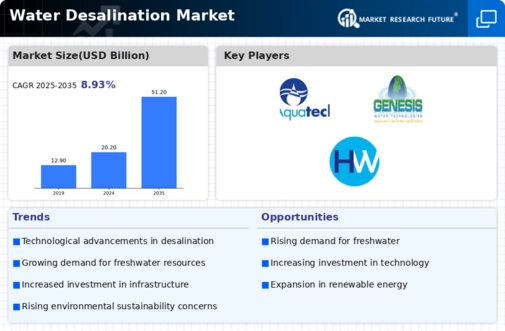
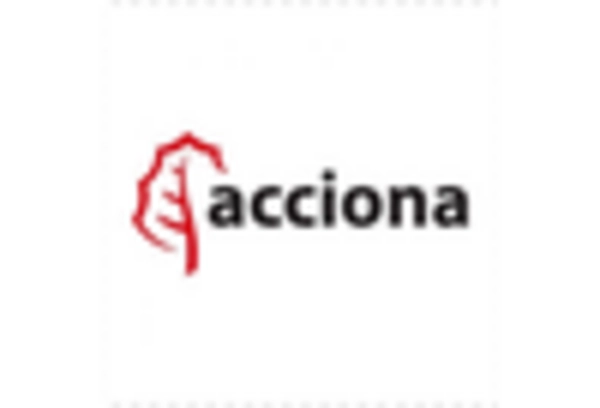
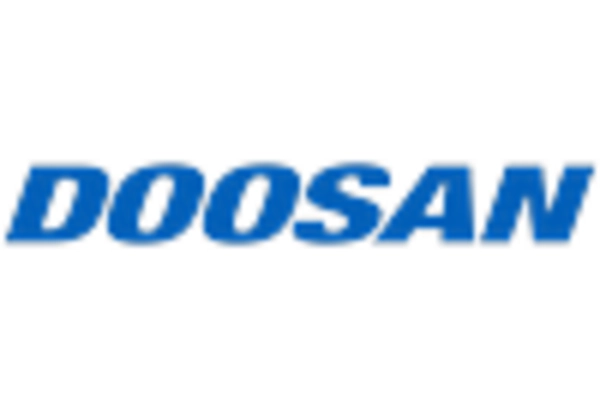
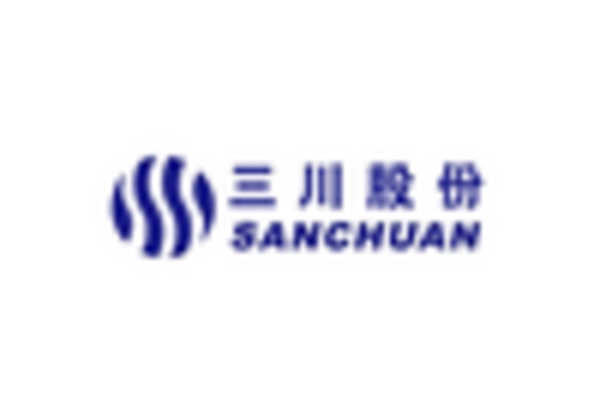
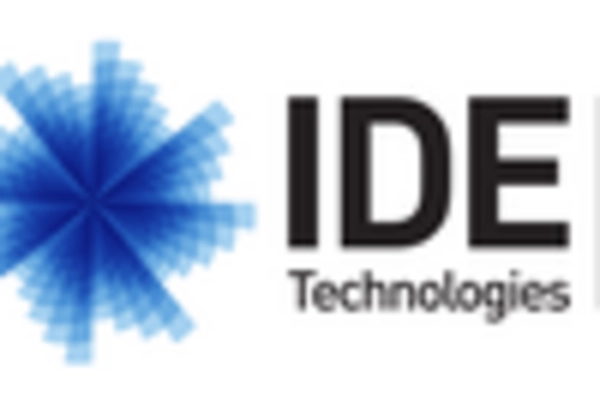
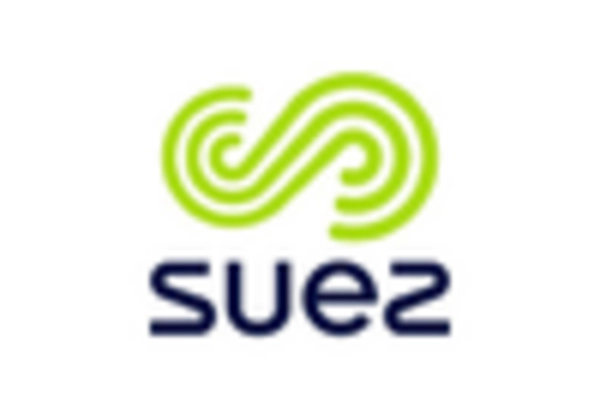










Leave a Comment